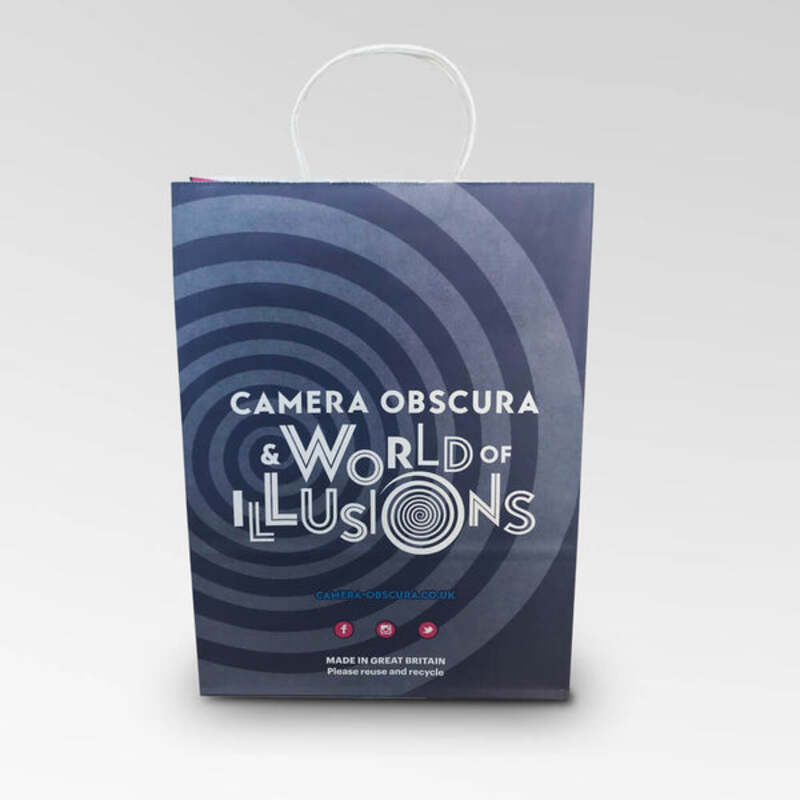The Evolution of Pizza Wrappers Protecting the Iconic Slice
Pizza has become a universal symbol of comfort food, alluring diners across the globe with its cheesy allure and endless topping possibilities. As this beloved dish translates into various cultures and flavors, so too has the packaging that protects and presents it. One of the most notable innovations in this area is the humble pizza wrapper, which has evolved significantly over the years. In this article, we will explore the history, importance, and future of pizza wrappers, showcasing how they safeguard this culinary icon while enhancing the overall pizza-eating experience.
The Historical Context
The origins of pizza date back to ancient civilizations, with flatbreads emerging in the Mediterranean long before the invention of the modern pie. However, it wasn't until the late 19th century, with the arrival of Italian immigrants in the United States, that pizza began to gain widespread popularity. As pizzerias began popping up across America, the need for effective packaging solutions became apparent. Initially, pizza was simply placed in cardboard boxes, but operators quickly recognized the need for more specialized wrappers to better protect the food and maintain its temperature.
The Role of Pizza Wrappers
Pizza wrappers serve multiple essential functions. First and foremost, they protect the pizza from environmental factors, including air, moisture, and physical damage. A well-designed wrapper can prevent the pizza from becoming soggy or cold before it reaches the customer. Additionally, pizza wrappers enhance the aesthetics of the delivery experience. An attractive wrapper can create a sense of anticipation and excitement, adding to the overall appeal of receiving a fresh pizza delivery.
Furthermore, pizza wrappers also serve a marketing function. Many pizzerias print their branding on the wrapper, turning a simple piece of packaging into a promotional tool. This not only increases brand visibility but can also reinforce customer loyalty. For frequent pizza lovers, an iconic wrapper can elicit feelings of nostalgia and comfort, reminding them of past experiences and flavors associated with their favorite pizzeria.
Innovations in Pizza Wrapper Design
pizza wrapper

As society shifts towards sustainability, pizza wrappers have seen many innovations aimed at reducing environmental impact. The use of biodegradable and compostable materials has become increasingly popular, allowing consumers to enjoy their pizza without the guilt of contributing to plastic waste. Some pizzerias have begun using plant-based wrappers that not only look appealing but also break down more easily in landfills, resonating with eco-conscious consumers.
In addition to eco-friendly materials, technological advancements have also influenced pizza wrapper designs. Heat-retaining insulation and moisture-proof barriers help ensure that the pizza arrives hot and fresh, while designs featuring vents can combat sogginess without sacrificing warmth. Some innovative companies even experiment with edible wrappers, offering a completely waste-free option for the environmentally inclined pizza lover.
Future Possibilities
As we look to the future, the pizza wrapper will continue to evolve alongside consumer preferences and technology. With the increasing demand for customization in food, we may see wrappers that can be personalized with customer choices—perhaps with colors, designs, or messages that reflect individual tastes. Additionally, smart packaging technology could one day be integrated into pizza wrappers, allowing customers to scan the wrapper to receive real-time updates about their order or even access promotional deals through a mobile app.
The rise of alternative dining methods, such as ghost kitchens and food delivery services, will also influence the design and function of pizza wrappers. As these businesses expand, creating unique and functional wrappers that differentiate their product while maintaining quality will be crucial for standing out in a crowded market.
Conclusion
The evolution of pizza wrappers reflects the changing dynamics of the food industry, consumer preferences, and environmental consciousness. From simple cardboard boxes to innovative, eco-friendly designs, the journey of the pizza wrapper is a testament to the ingenuity and creativity that surrounds one of the world’s favorite dishes. As pizzerias continue to adapt and innovate, one thing remains certain the wrapper will always play a crucial role in preserving the experience of enjoying a slice of pizza, and it will be exciting to see what the future holds for this essential aspect of pizza culture.



